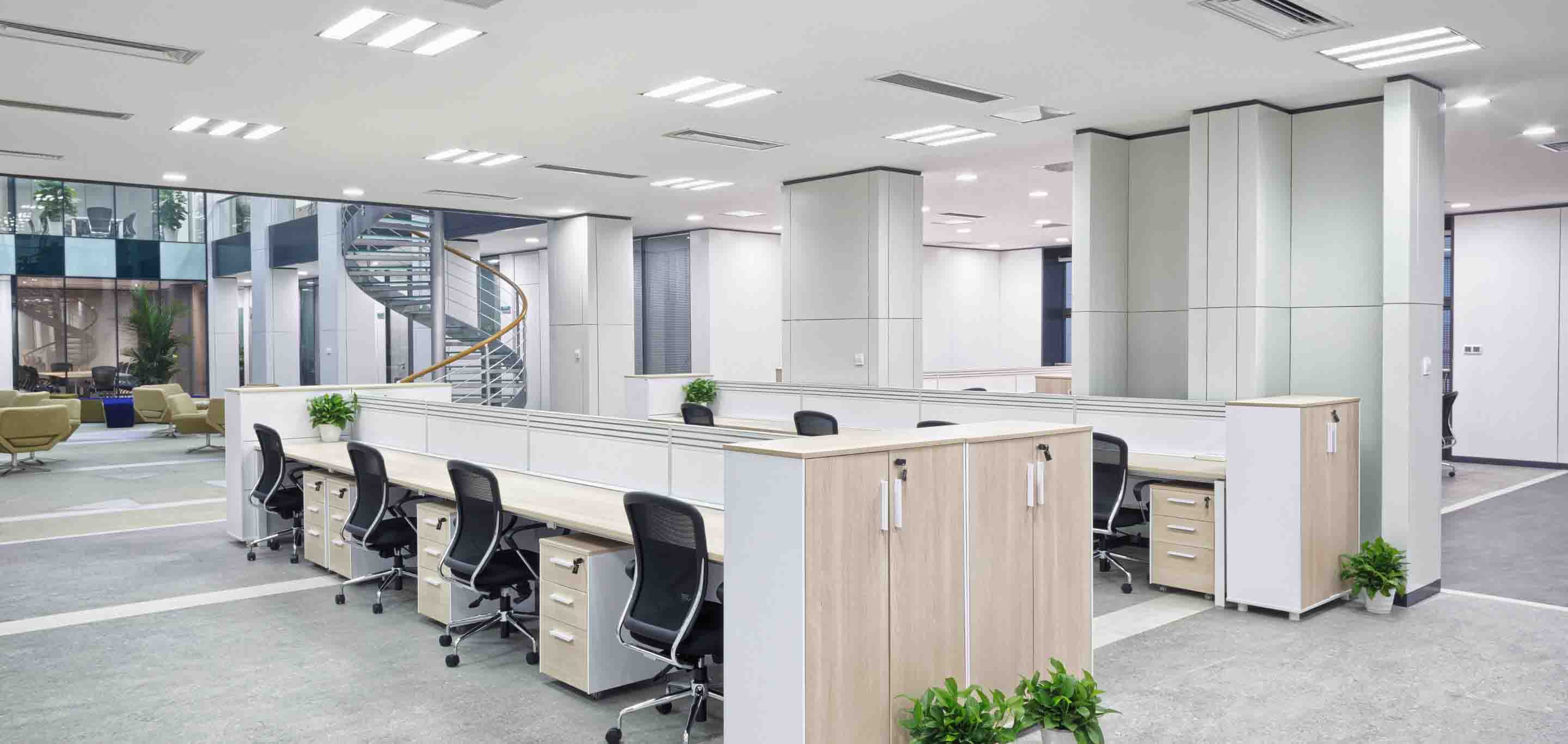A Guide to Understanding and Enhancing Office Air Quality
In the intricate dance of workplace dynamics, the air we breathe often takes a backstage role.

Unlocking Office Air Quality: A Comprehensive Guide
In the intricate dance of workplace dynamics, the air we breathe often takes a backstage role. Yet, indoor air quality can significantly impact employees' health, productivity, and overall well-being. In this blog, we embark on a journey through "Ventilation 101," breaking down the basics of ventilation systems, air exchange rates, and the critical role of air filters. Read on to discover practical advice for businesses seeking to elevate indoor air quality and create a safer, healthier workplace.
The Basics of Ventilation Systems
Ventilation brings fresh outdoor air into a building while expelling stale indoor air. A well-designed system ensures a constant new air flow, diluting indoor pollutants and maintaining a comfortable environment. There are two primary types of systems:
- Natural Ventilation: Relies on natural airflow through windows, doors, and vents.Cost-effective but lacks control over air distribution.
- Mechanical Ventilation: Utilises mechanical systems, such as fans and air ducts, to circulate air.Allows precise control over air distribution, ensuring consistent air quality.
Understanding Air Exchange Rates
The air exchange rate (AER) is a crucial metric that measures how quickly a ventilation system can replace indoor air with fresh outdoor air. The ideal AER varies depending on the type of space, but a rate of 20 cubic feet per minute per person in office environments is often recommended. Higher AERs are essential in spaces with higher pollutant levels or occupancy.
Practical Advice for Businesses: Upgrading Ventilation Infrastructure
Conduct a Ventilation Audit:
Assess the current state of your ventilation system, identifying areas for improvement. System Hygienics offers ventilation audits where our expert team visits your premises and addresses what needs to be investigated and what actions must take place. We identify key components, assess the condition, and note any areas requiring attention. This initial step serves as the foundation for informed decision-making.
Schedule Regular Maintenance:
Implement a proactive maintenance schedule to ensure the continuous effectiveness of your ventilation system. We would propose creating a detailed maintenance schedule to ensure the ongoing effectiveness of your ventilation system. Regular inspections, cleaning, and component replacements are essential to prevent the accumulation of dust, mould, or other pollutants that can compromise air quality. A proactive approach minimises the risk of unexpected system failures and maximises operational efficiency.
Consider Air Quality Monitoring:
Implementing air quality monitoring systems provides real-time data on indoor air conditions. This technology allows you to track pollutant levels, humidity, and temperature, enabling proactive adjustments to maintain a healthy and comfortable environment. At System Hygienics, we are equipped to undertake the necessary measures to ensure continuous well-being and outstanding indoor air quality. Learn more about Indoor Air Quality here.
Take Action Today
If you're ready to elevate your office air quality and ensure a safe and healthy workspace, it's time to take action. Contact us at System Hygienics, industry leaders in ventilation and air quality optimisation. Our team of experts are ready to tailor solutions to meet the unique needs of your business. Ensure your employees breathe easy and thrive in a workplace, prioritising their well-being. Contact us today.

.png)
.png)
.jpg)